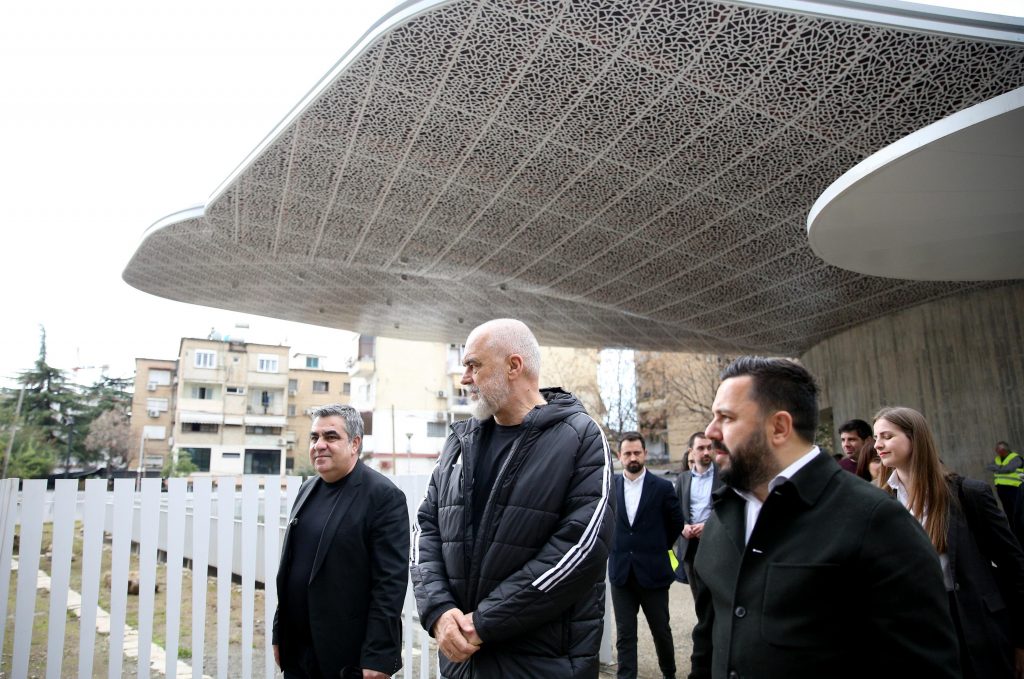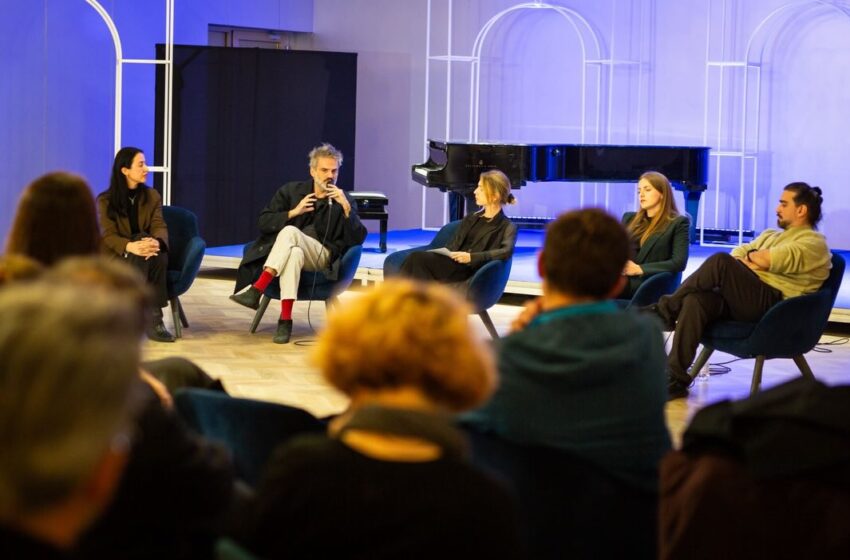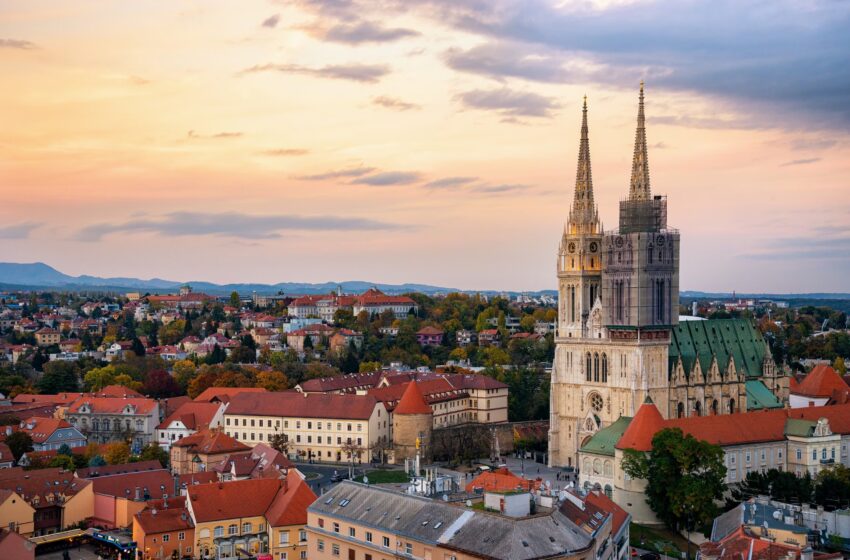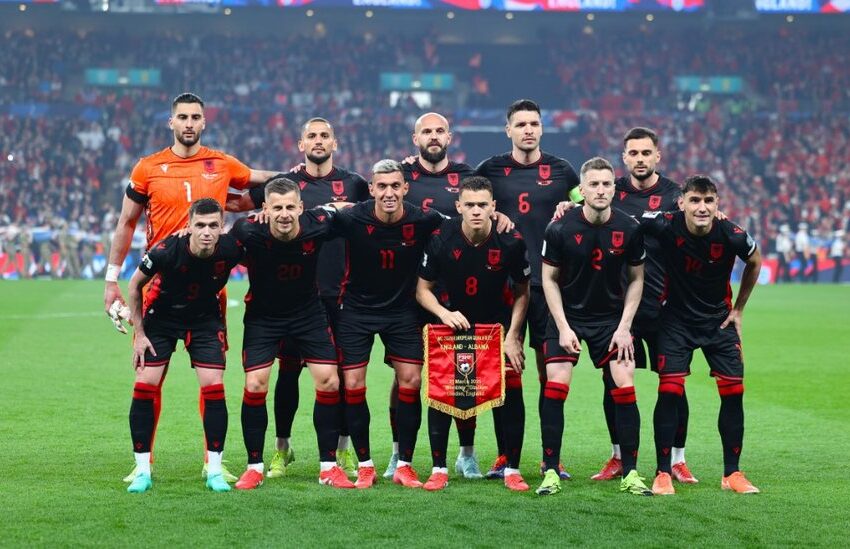Tirana’s Mosaic restored: blending ancient history with innovation

Tirana’s Mosaic, one of Albania’s most important archaeological treasures, has been fully restored and transformed into a major tourist attraction and educational center for the capital. This unique site, which preserves fragments of ancient history, is now designed as both a museum and an innovative space for children’s learning and exploration.
Context: The Mosaic of Tirana is the only archaeological monument in the city, discovered in 1972 during construction work for an apartment block in neighborhood 9. The site, believed to have been a rural settlement in the early centuries AD, later became a country villa in the 3rd century, with the mosaic hall serving as its main room. In the 5th-6th centuries, it was thought to be replaced by a Paleo-Christian basilica, but recent excavations dispute this, reinforcing the idea of it being a rural villa. Additional parts of the complex, including wine vats and walls, were uncovered during work near the site in 2003-2004, and the monument has been protected by the Institute of Monuments of Culture (IMK).
Prime Minister Edi Rama and Minister of Economy, Culture, and Innovation Blendi Gonxhja visited the Mosaic to inspect its final stages, which took nearly two years to complete.
Why is this important: A key aspect of the renovation is the introduction of a new visitor itinerary that offers a dynamic and accessible experience, particularly for children. The updated Mosaic will feature digital exhibitions and interactive installations, designed to enhance engagement. These installations, including bilingual documentaries, will offer an educational experience for both local and international tourists.
Minister Gonxhja emphasized that the installation of multimedia and digital equipment will help modernize the Mosaic, enhancing its appeal as a tourist destination and allowing visitors to explore mosaics from all over Albania virtually.
During the inspection, Prime Minister Rama also discussed plans to further transform the surrounding area into a more attractive space for the local community, while solidifying the Mosaic’s role as a key cultural hub for both locals and international visitors.


